Story
Savo Sitdowns: Pushing boundaries with Form Us With Love
Form Us With Love’s Jonas Pettersson talks passion, purpose, and how to stretch creativity without it snapping.
Form Us With Love’s Jonas Pettersson talks passion, purpose, and how to stretch creativity without it snapping.
Savo Sitdowns is a new interview series dedicated to exploring collaborations in the world of ergonomics, design, and workspace seating. Through this platform, we’re bringing together industry leaders from various fields to delve into the minutiae of modern office seating. Each conversation provides valuable insights into the future of seating solutions and their impact on well-being and productivity.
For Stockholm-based design studio Form Us With Love, boundaries exist only to be pushed. Known for its innovative, collaborative approach to product and furniture design, the studio has built its reputation on blending functionality with a modern aesthetic, putting sustainability and user-centricrity at the core. Form Us With Love’s award-winning collaboration with Savo – the Savo Spine chair – is no exception.
In this latest edition of Savo Sitdowns, Savo CEO Craig Howarth sits down with Jonas Pettersson, co-founder and design strategist at Form Us With Love. Jonas plays a key role in shaping the studio’s creative vision, working closely with partners and challenging the limits of conventional design without losing sight of real-world appeal.
Together, they discuss the inspiration behind Savo Spine, the balance between creativity and practicality, and how to design for the unknown.
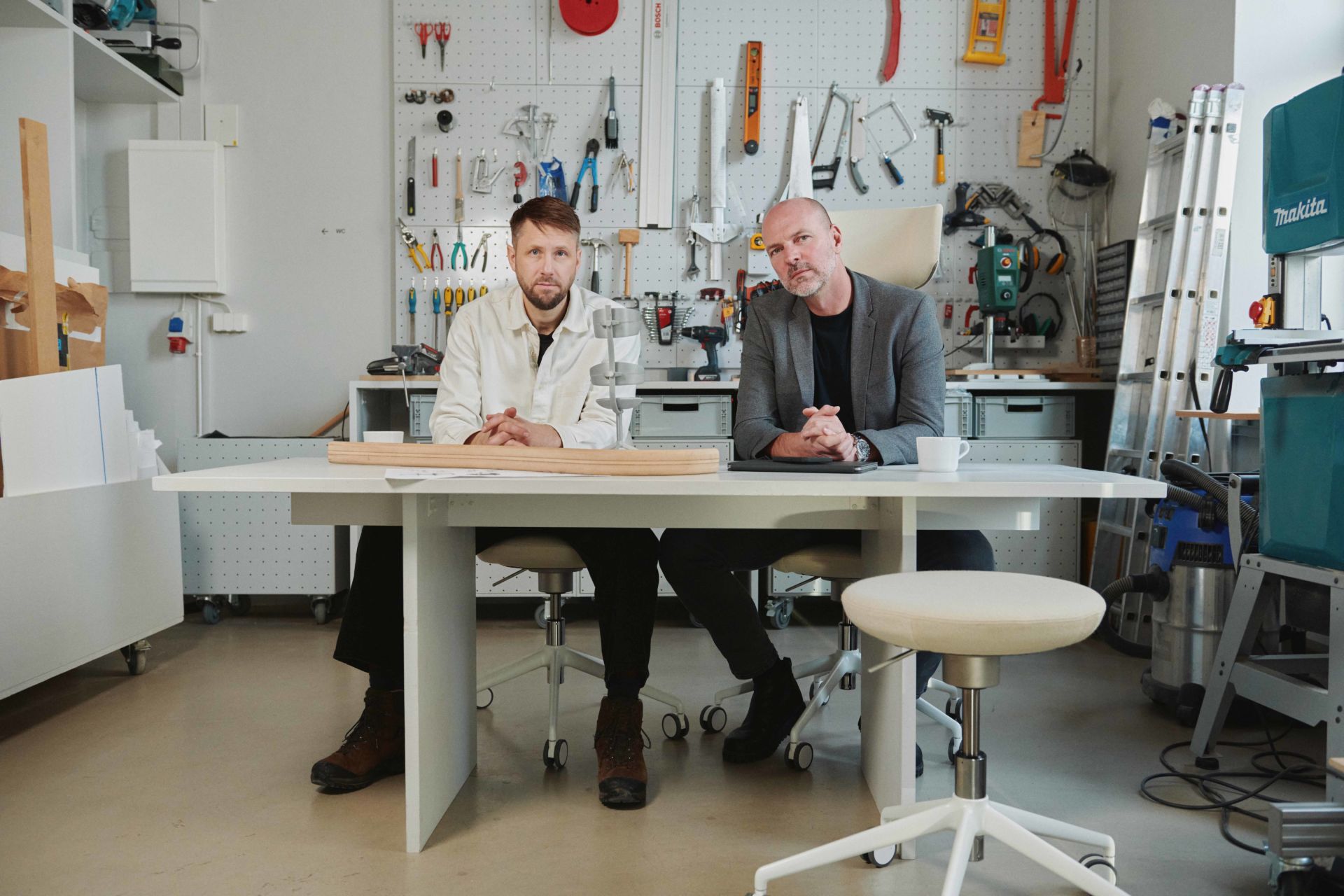
C.H. Jonas, thanks so much for having us here today and for taking the time to sit down with us. I remember first meeting you at your old studio before you moved into this incredible space.
J.L. That was a great space. This new space is a much better fit for how we work. It’s flexible, and having the workshop on the same floor instead of in a basement makes a huge difference. Now, we can see each other, collaborate more easily, and be more hands-on with prototyping.
C.H. And that adds value not just for you, but also for your partners and collaborators. You’ve used the space in such interesting ways, like during Stockholm Design Week. That ties back to one of your guiding principles, where you talk about design as a way to improve life – not just through products but also through spaces.
J.L. Exactly.
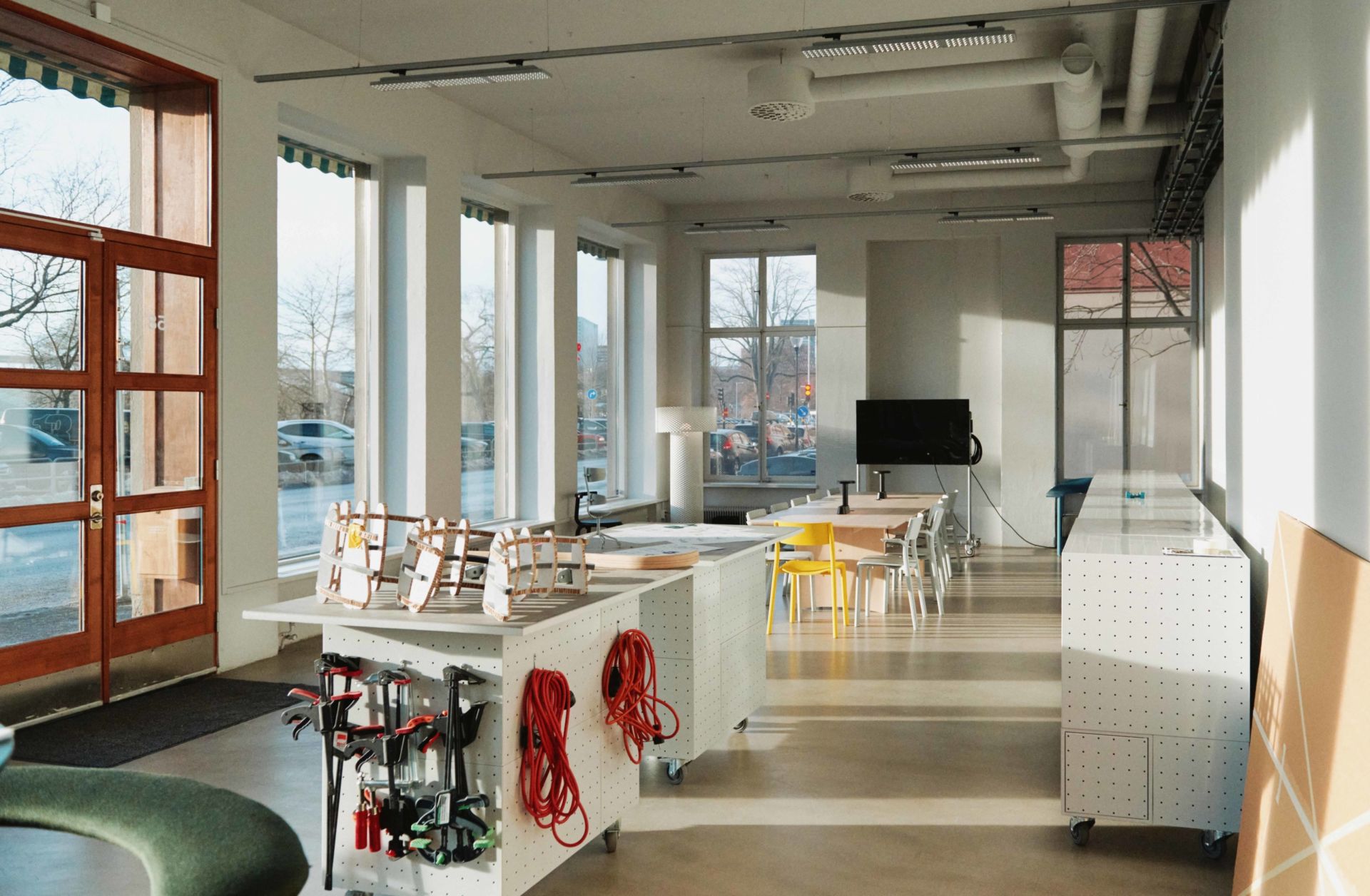
C.H. Speaking of workspaces, how does your team work? You’ve talked about values being at the core of Form Us With Love. How does that influence your approach to modern ways of working?
J.L. We’ve always been focused on defining how we want to work, rather than just what we do. If we’re all passionate about what we’re doing, everything becomes easier. Collaboration isn’t something we need to talk about – it’s just how we work. When you’re aligned on vision and purpose, the inevitable challenges that come with long projects – sometimes spanning one or two years – become much easier to navigate.
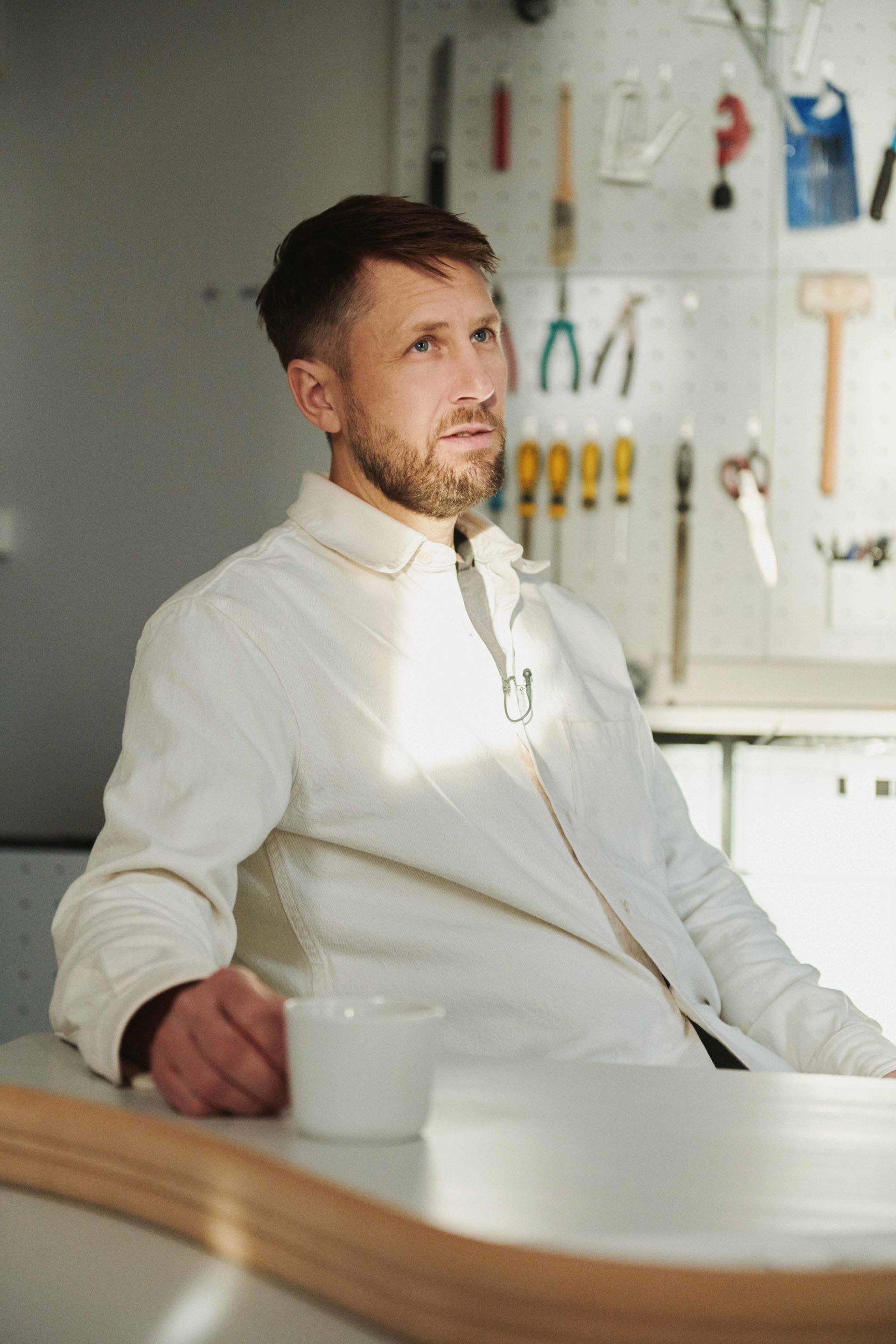
C.H. That’s an interesting perspective, especially as workspaces continue to evolve. Today, 44% of people globally work remotely either full-time or part-time, compared to just 15% in 2019. COVID accelerated that shift, but it also raised some key challenges.
Collaboration is one of them. It’s hard to be creative in isolation. At the same time, this shift impacts product design. During 3daysofdesign in Copenhagen, we ran an interactive session where people shared their vision for the future of work chairs. The biggest themes that emerged were longevity and modularity.
Savo Spine captures modularity beautifully, but before we get into the product itself, how do you approach product design in today’s changing workspace?
J.L. We don’t know what’s going to happen – but from the outset, we acknowledged that uncertainty. Instead of designing for a fixed future, we focused on adaptability – not just by creating a flexible product, but by developing a platform.
This concept isn’t new in the furniture industry – the car industry has been doing it for decades. But it makes sense for certain types of products.
Industrialisation plays a key role. We’ve never had access to such advanced technology and production methods, and as industrial designers, our responsibility is to use these resources to create high-quality, efficient products that meet real needs.
At the same time, we’ve never had so many people on the planet, all with different needs, preferences, and expectations. Platforms help by allowing for customisation, updates, and repairs – so instead of discarding a product when something small needs to change, you can update or replace specific parts. Too many products today are designed to be disposable, but they don’t have to be.
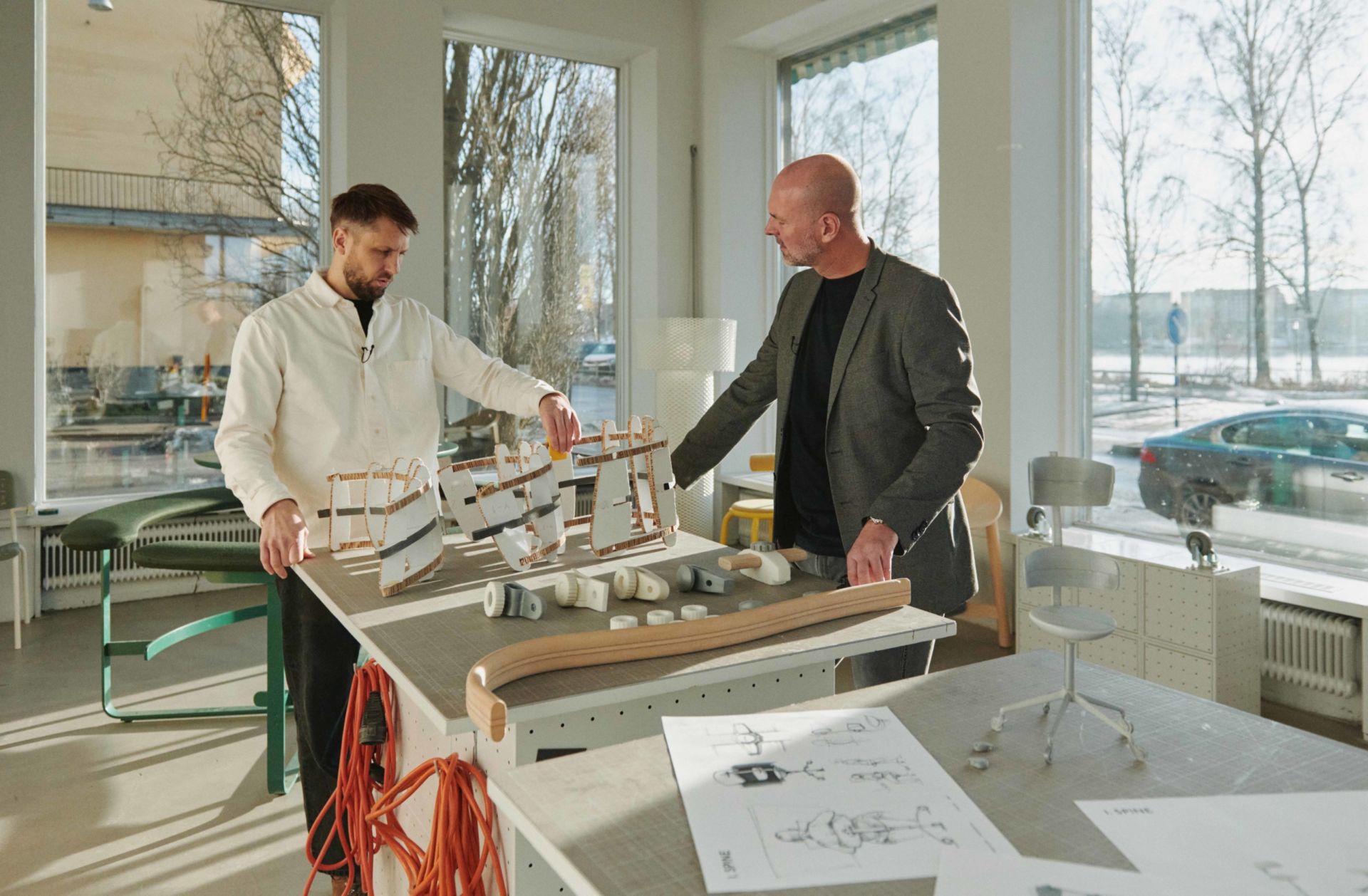
C.H. When we started the Savo Spine project, our starting point – how do we build something modular and adaptable? While the Savo Spine chair itself emerged from that idea, the entire design philosophy also took shape around it.
Layer-by-layer design is a fundamental part of Savo – innovation and inspiration are deeply connected to the brand, and that’s reflected in Spine. It’s a platform-based chair, which is what makes it so unique. How did you approach the design, and what was the thinking behind it?
J.L. When we take on a new collaboration, the setup is critical. How do we frame the brief? How do we challenge it?
If you look at task chairs in general, they already do a fantastic job in terms of ergonomics. They’re designed to support people who work eight hours a day, five days a week, year after year. We asked ourselves: Do we need another chair that does exactly that? Or could we take a different approach?
Instead of designing a chair meant for prolonged use at a single workstation, we envisioned one that adapts to a more dynamic work environment. Maybe you sit in it for an hour, comfortably doing focused work. Then you grab a coffee, join a meeting, and someone else takes the chair – without having to readjust everything. That was the starting point for Spine.
Once we had that vision, we could refine the shape and functionality. But the fundamental idea was clear from the beginning.
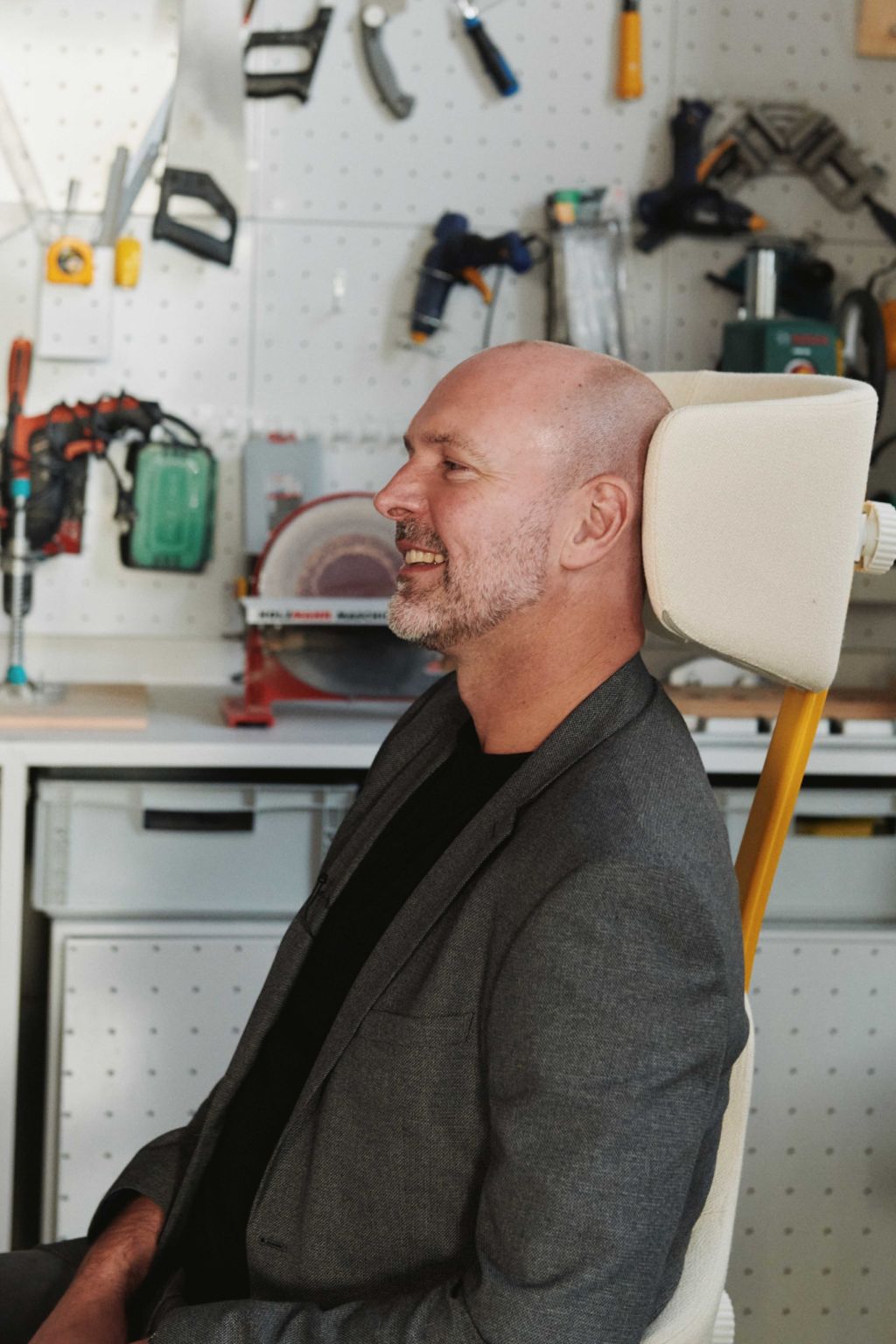
C.H. Absolutely. Now, two years since launch, what stands out about the feedback we’ve received is how instantly recognisable Spine is – especially its backrest. The visible spine structure is not just a design signature; it also plays a key role in the chair’s modularity.
Looking ahead, how do you see the future of workspace seating? You’re exposed to so much in the market – where do you think things are headed?
J.L. That’s the beauty of a platform approach. Before creating something entirely new, we should ask: What have we learned? What small but meaningful improvements can we make? Are there updates that would enhance the platform without reinventing it? We’ve already heard a lot from the market, and that feedback can guide the next iterations.
Beyond that, I think the approach we took with Spine – designing for flexibility – has only become more relevant. The question now is: Can we push that even further?
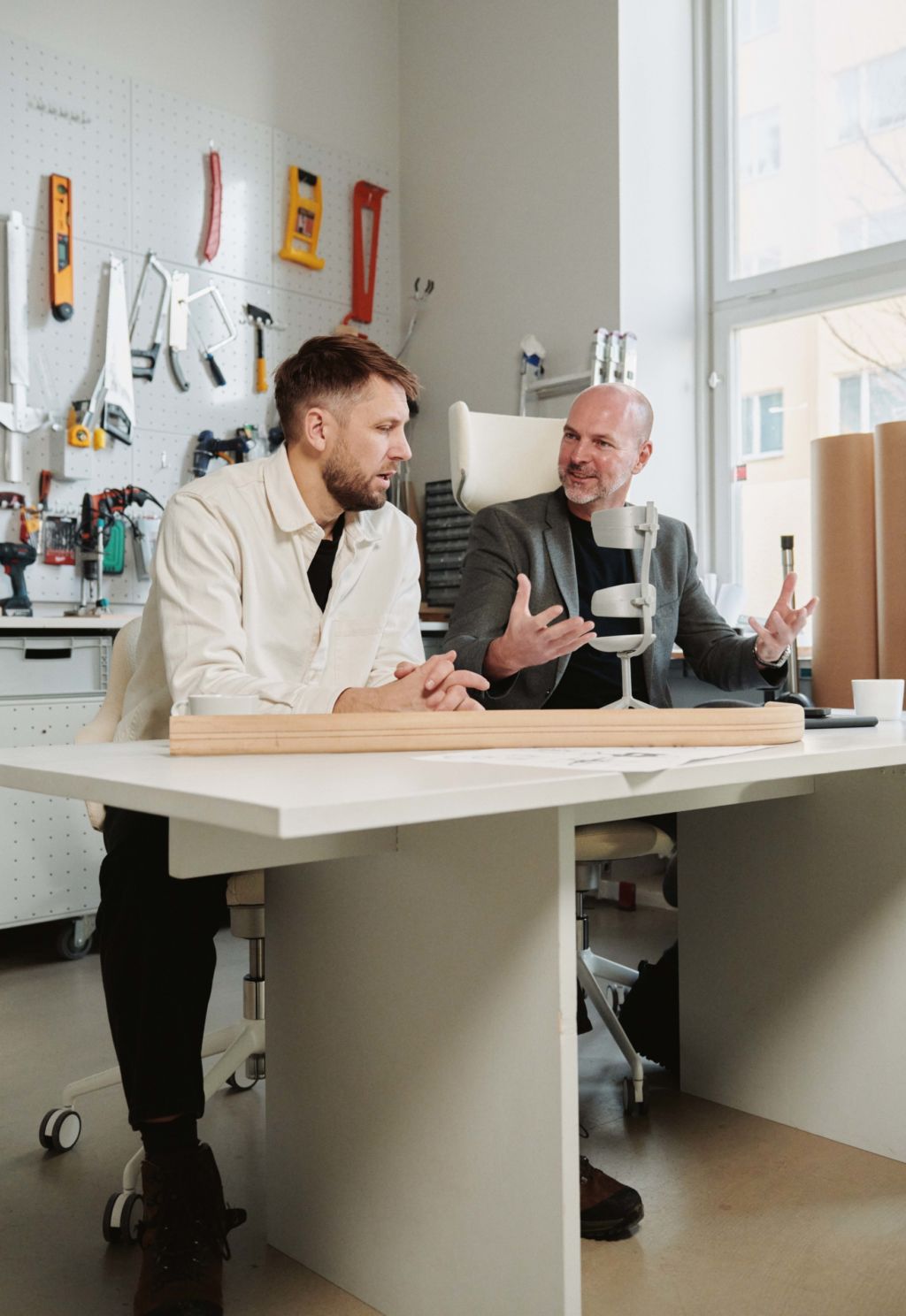
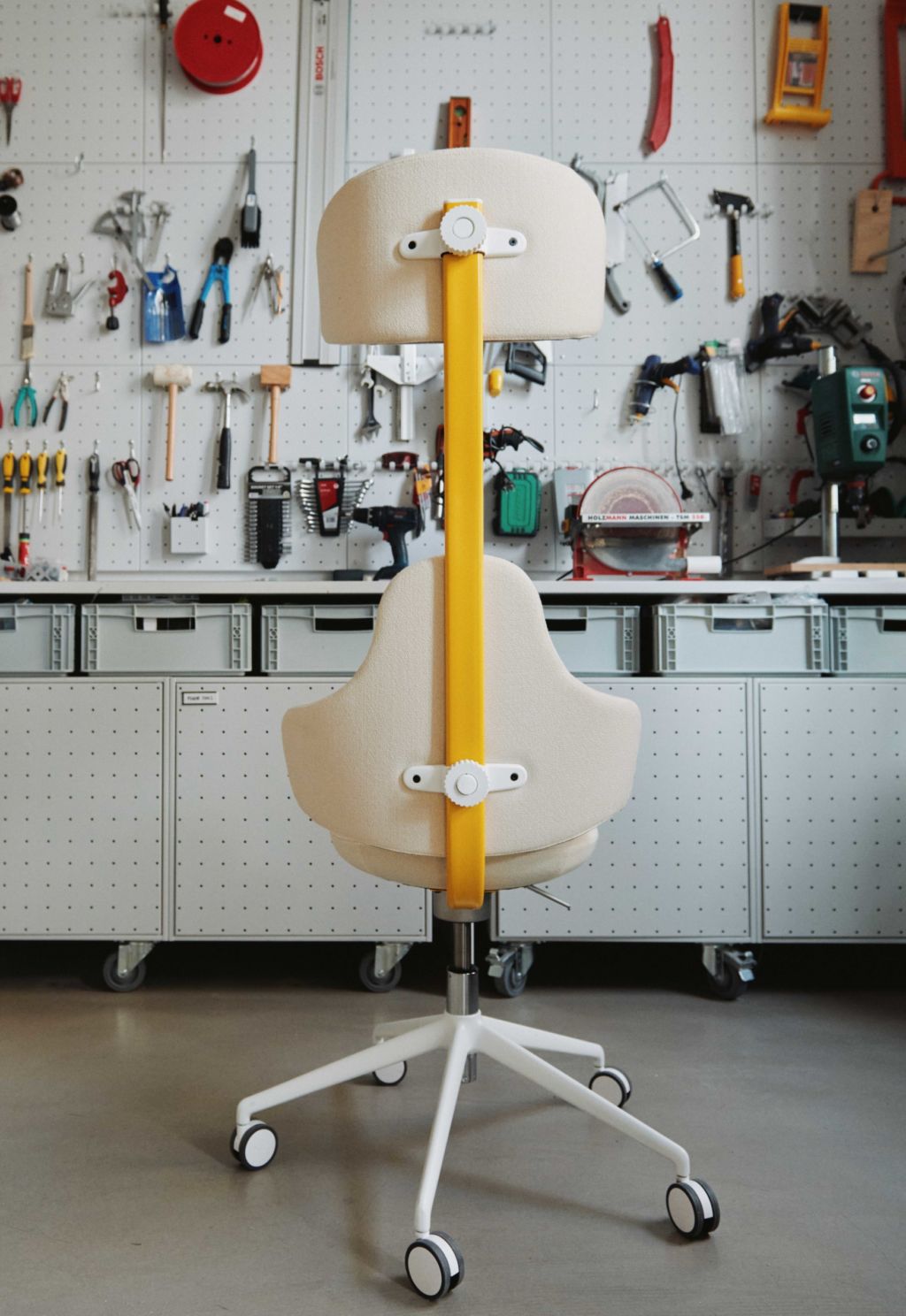
C.H. From everything we’ve discussed today about the design process, is there anything we haven’t touched on? Any key aspects of the project or its future development that we should mention?
J.L. One thing worth emphasising is that when you design a completely new product from scratch, all resources go into that. With a platform approach, you can refine specific aspects over time, making targeted improvements rather than starting over. That’s not just beneficial from a sustainability standpoint – extending a product’s lifecycle – it also changes how we work creatively. Instead of seeing a project as start to finish, we can continuously revisit and evolve it.
That’s what makes Spine special. The concept of flexibility isn’t just about how the chair fits into a space – it’s built into its very construction. Users can configure it to suit their needs, whether that’s through different seat options, backrest styles, or spine heights.
C.H. And of course, it had to be intuitive.
J.L. Exactly. A great product shouldn’t require a manual. We wanted Spine to be as intuitive as opening a door – it should just make sense.
C.H. That simplicity is crucial. If a work chair is overly complex, most users won’t take full advantage of its adjustments.
J.L. Right. That’s why Spine is designed to be flexible but also effortless to use. It’s about giving people exactly what they need – no more, no less.
J.L. And especially now, when you share your products, it’s not just your chair. They float around – I move from one room to another, and the next day, I might have a different seat. So you can’t really have personalis
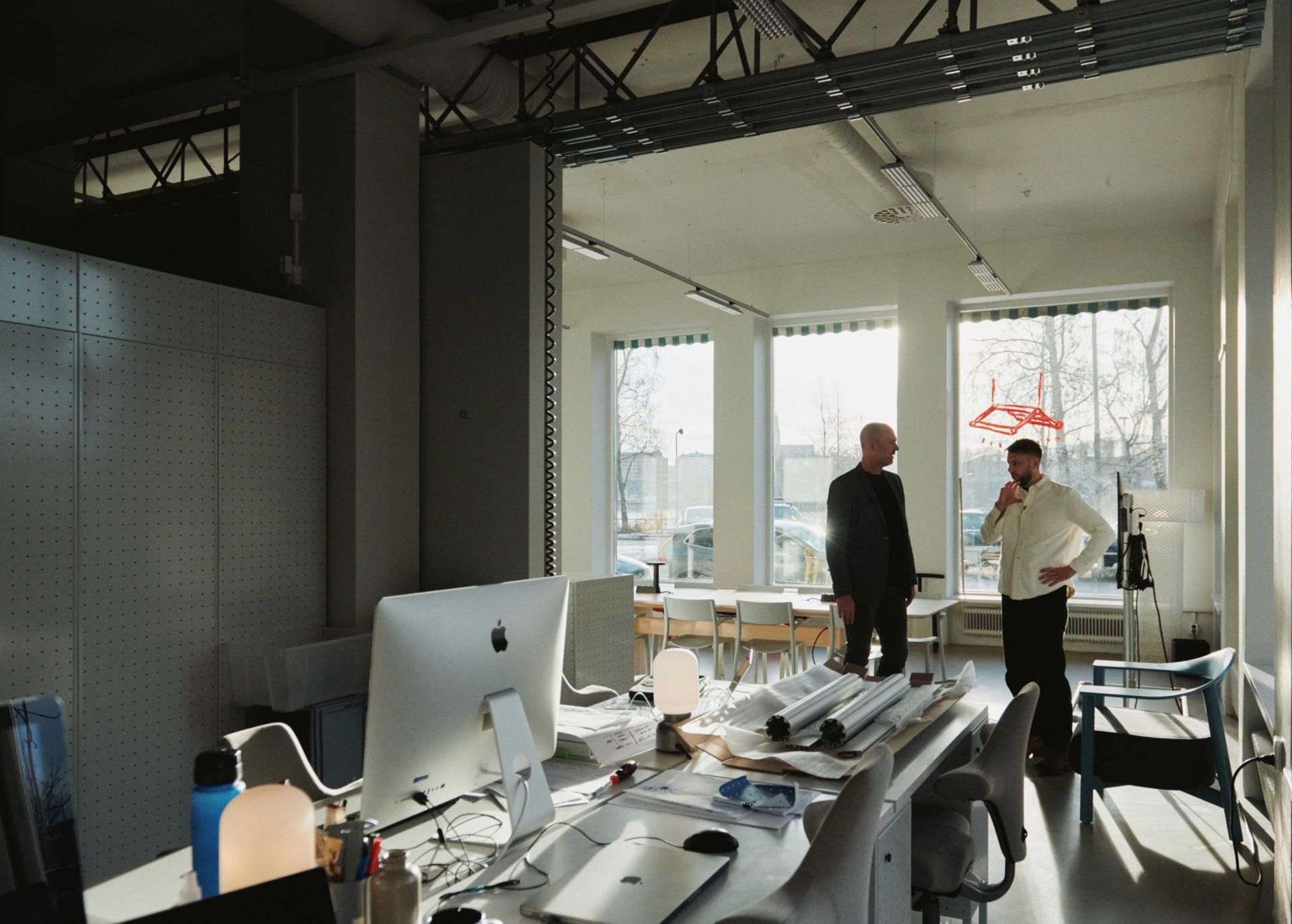
C.H. And on that note, if we look at this model here, this specific detail – if I remember correctly – the spine itself was one of the bigger challenges in the production of the chair. How should it be designed? How do we ensure it’s strong and secure enough to hold the back and headrest in place, while also making it intuitive and easy to use?
J.L. Yeah. And I hope that resonates when you use the product. The difference between making a single prototype and moving into production is huge, but we were able to create 10, 20, 30 different versions to refine it until we felt it was right.
C.H. It’s easy to keep reusing successful ideas in the design industry – it feels like a simple shortcut. But the Form Us With Love team always seems to find a way to push in a new direction rather than just following trends. How do you guys manage to consistently push innovation forward?
J.L. That’s just how we’ve always worked. From the start, we’ve asked ourselves, ‘How can we take a different angle on this? How can we push it further?’ I think that’s fundamental for any creative person.
C.H. Would you say that collaboration plays a big role in that? You have this team of creatives constantly bouncing ideas off each other.
J.L. Exactly. And what’s even more interesting is how much we can push it. It’s like a rubber band – you don’t know when it will snap. If it does, you’ve pushed too far. It’s like creating a concept car that’s never meant for mass production. That’s not what we do. We focus on pushing the limits within real production constraints. Sometimes, the innovation is subtle; other times, we can push further.
C.H. Well, I think that’s a great note to end on. Thanks for the chat, Jonas. You’ve been a fantastic guest.
J.L. Thanks for being an amazing interviewer.
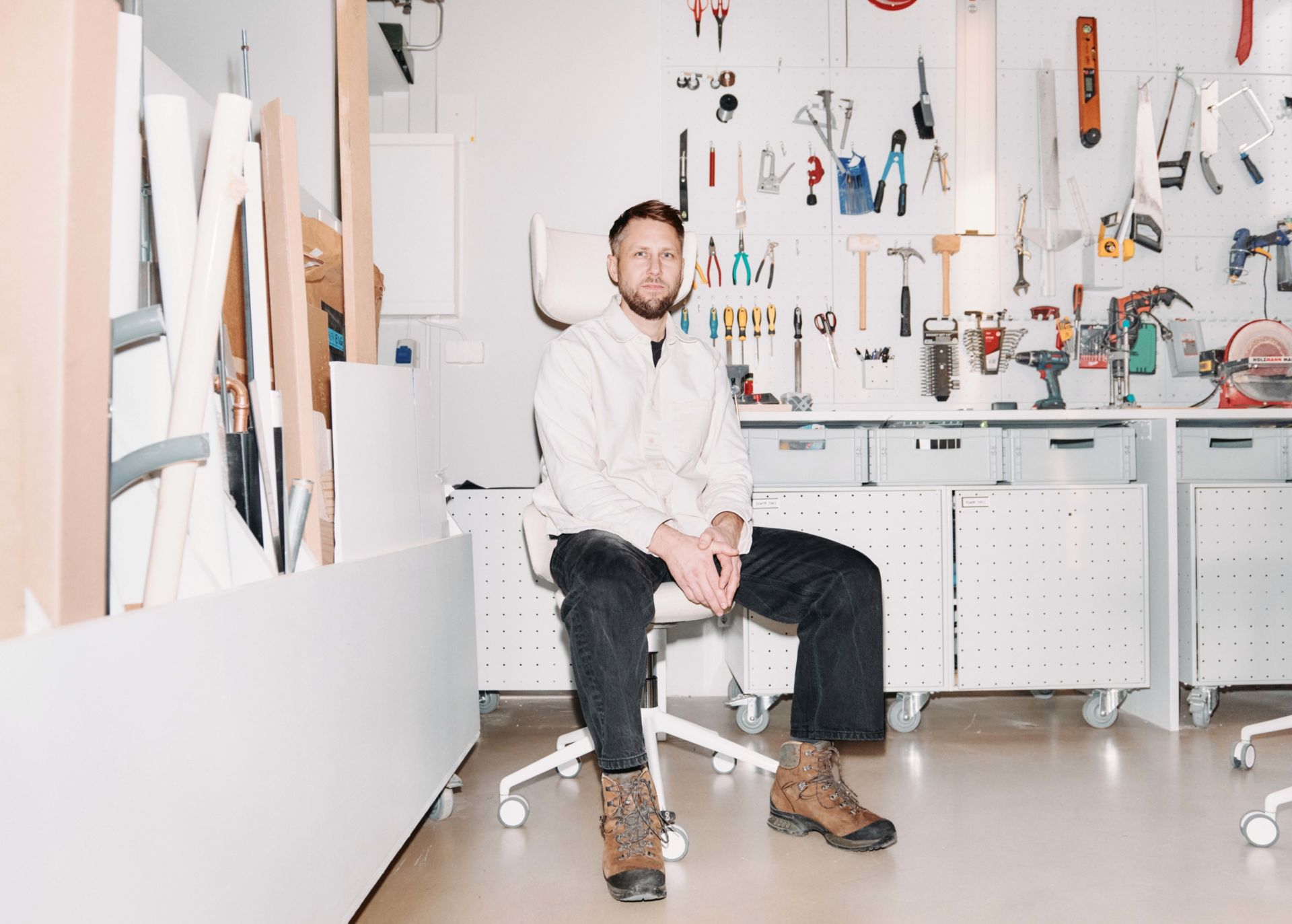
This interview has been edited for clarity and conciseness.